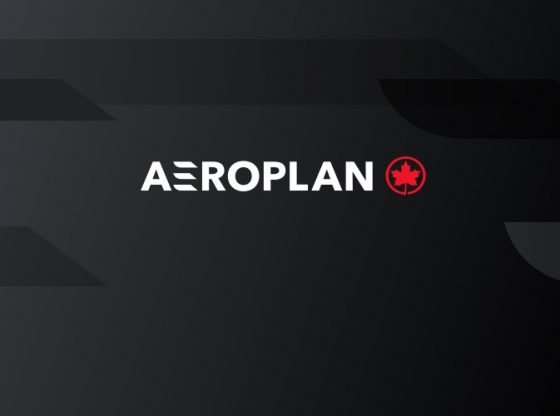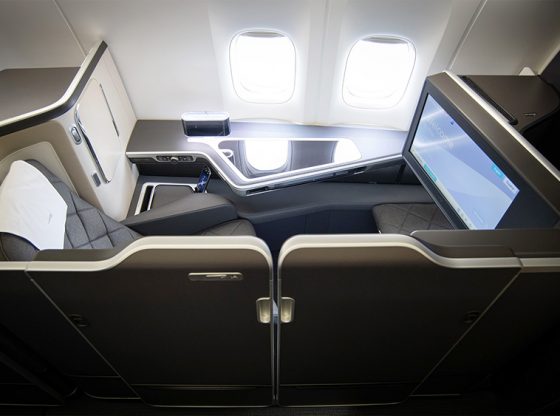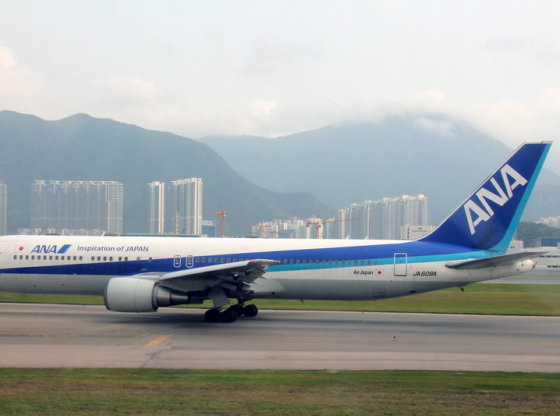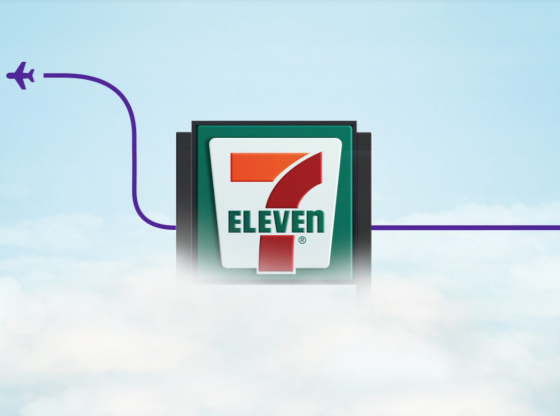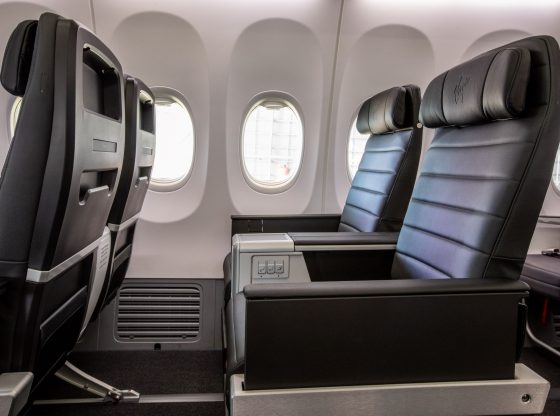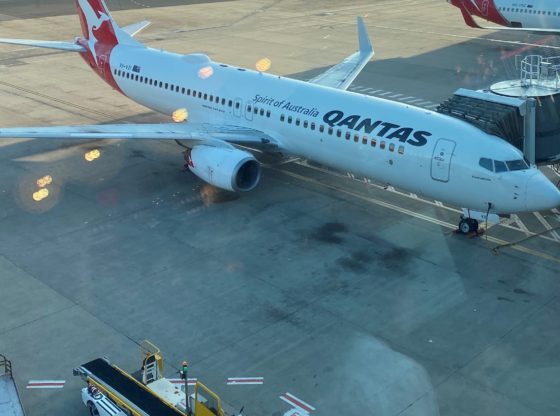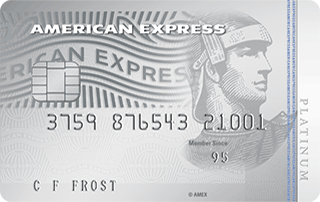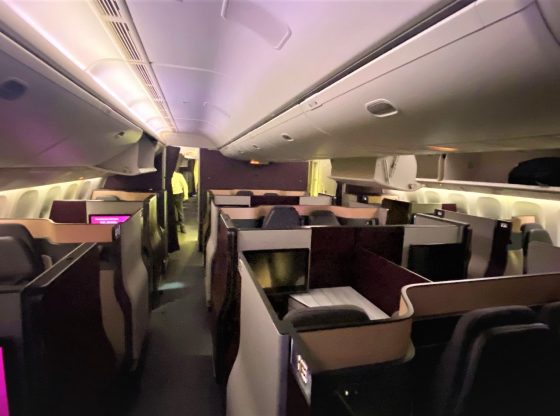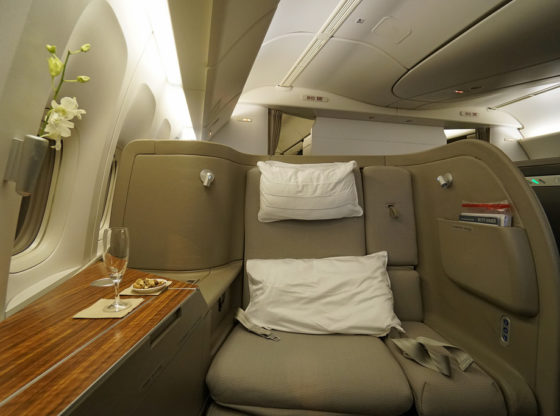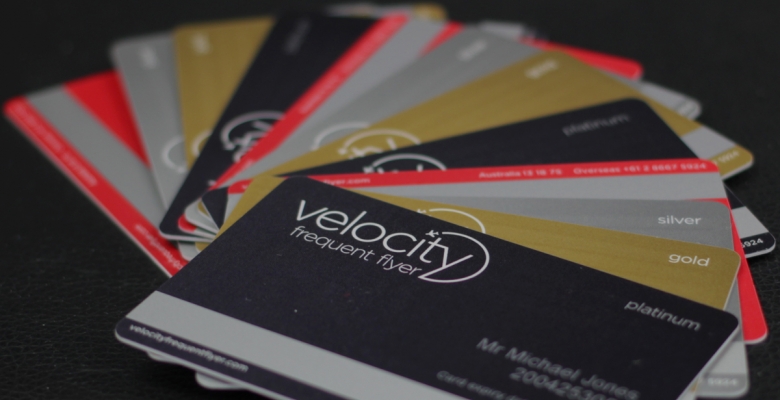
Over the years, I have earned and redeemed millions of Velocity points. Matter of fact, outside of Amex Membership Rewards Points, I prioritise collecting Velocity points over every other points currency. Here’s why.
Velocity points are one of the easiest to earn in Australia. There is no shortage of places offering thousands (even tens or hundreds of thousands) of points to win your business. When it comes to redeeming points – besides Virgin Australia, you can redeem Velocity points on some of the leading airlines of the world like Singapore Airlines, Air Canada, Etihad Airways and most recently Qatar Airways.
But my affinity for Velocity points isn’t just because they are easy to earn or have fantastic partnerships. It is primarily because they have access to loads of reward seats and the redemptions offer tremendous value, particularly on premium cabin long-haul flights with partners.
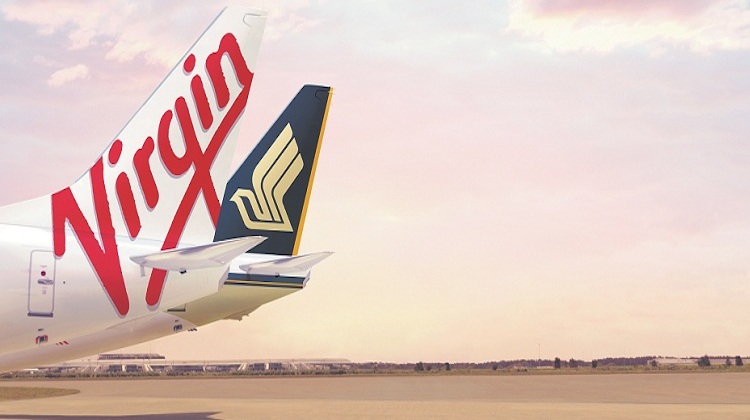
Redeem Velocity points to fly Singapore Airlines
I mean how many Frequent Flyer Programs have access to Singapore Airlines First Class seats, heck you cannot even redeem for a Business Class seat on Singapore Airlines with most programs. Then you have the amazing, and quite frankly unique feature where you can actually convert Velocity points into Singapore Airlines KrisFlyer miles and vice-versa.
Despite all of the above, there is one part of Velocity Frequent Flyer Program that has gotten worse over time, the addition of carrier charges.
What are Carrier Charges
At the most basic level, you can think of carrier charges as the cost of being able to redeem points on an airline. Not all airlines across the world impose carrier charges, but many do.
There was a time when Velocity redemption attracted no carrier charges, all you paid was fees and taxes. Happy Days. This changed in 2016 when they introduced carrier charges on Etihad and followed it up in 2019 by slugging members on Virgin Australia flights too.
The opening of Velocity redemption on Qatar Airways last week saw imposition of carrier charges on another partner. Come 5th October 2022, Velocity members will also be coughing up extra cash (ie, carrier charges) when redeeming points on Singapore Airlines.

Velocity imposes carrier charges on Qatar Airways Redemption
On the surface, Velocity Frequent Flyer Program has had no major devaluation for many years, but isn’t imposition or increase in carrier charges also a form of devaluation? I call it devaluation by stealth, meaning the program does not increase the number of points needed to make a redemption, rather it makes you fork out extra cash.
Lets take a look at the various carrier charges payable on Virgin Australia as well as on partner flights when you redeem points for reward seats.
Velocity Carrier Charges on Virgin Australia
Velocity imposes nominal carrier charges on Virgin Australia flights. A flat $10 – $11 per segment applies on all domestic and trans-tasman flights regardless of which cabin you are flying in.
International short haul flights such as those between Sydney/Melbourne/Brisbane and Bali attract up to $70 per segment in carrier charges as you can see below.
| Route | Economy | Business |
|---|---|---|
| Domestic Flights | $11 | $11 |
| Trans-Tasman | $10 | $10 |
| International Short Haul | $35 | $70 |
While any amount of carrier charges is avoidable, given that Velocity charges fewer points than Qantas on these routes, my feeling is that most people will not be overly concerned by them. It is a different story however when it comes to redemptions on certain partners.
Velocity Carrier Charges on Partner Flights
As I mentioned earlier in the post, Velocity only collects carrier charges on Etihad, Qatar Airways and starting 2nd October 2022, Singapore Airlines. That leaves 5 other partners where these aren’t applicable.
You will only pay fees and taxes when you redeem Velocity points on following airlines.
- United
- Virgin Atlantic
- Air Canada
- Hawaiian Airlines
- South African Airways
As you can see, none of these partners are particularly helpful if you want to fly to Asia, Middle East or Europe. For that, you need to turn your attention to the remaining 3 partners. And as you will see below, the privilege doesn’t come cheap.
Etihad Airways
Etihad was the first airline to attract Velocity carrier charges. And just like Virgin Australia, these are calculated per segment. For instance, if you fly Etihad from Melbourne to London via Abu Dhabi, you pay 2 lots of charges, one for the flight between Melbourne and Abu Dhabi and another for the Abu Dhabi to London flight. Here is the pricing.
| Distance (in miles) | Economy (US$) | Business (US$) | First (US$) |
|---|---|---|---|
| 0-1,000 | $30 | $150 | $280 |
| 1,001-2,000 | $40 | $165 | $290 |
| 2,001-3,000 | $50 | $180 | $300 |
| 3,001-4,000 | $55 | $200 | $310 |
| 4,001+ | $60 | $230 | $320 |
As you can see, these charges are pretty steep and charged in US dollars. Someone flying one-way from Melbourne to London in Business Class will be on the hook for US$ 430 in carrier charges. That’s about A$ 627 in today’s money. Did you say First Class, that will be US$ 630 (A$ 918) thank you 😯
And this is just on a one-way flight for one person. It will cost a mini fortune for a couple or a family of 4 making a return trip, not to mention hundreds of thousands of Velocity points.
Qatar Airways
Carrier charges on Qatar Airways are similar to Etihad in Economy and Business, but a tad lower in First Class.
| Distance (in miles) | Economy (US$) | Business (US$) | First (US$) |
|---|---|---|---|
| 0-1,000 | $25 | $85 | $200 |
| 1,001-2,000 | $40 | $165 | $260 |
| 2,001-3,000 | $50 | $180 | $280 |
| 3,001-4,000 | $55 | $200 | $290 |
| 4,001+ | $60 | $230 | $300 |
Like Etihad, these charges are also applicable per segment. This means that unless your trip ends in Doha (very few do), you are looking at paying 2 lots of carrier charges. The Melbourne to London one-way flight we discussed earlier, will set you back US$ 430 in Business and US$ 590 (A$ 860) in First Class.
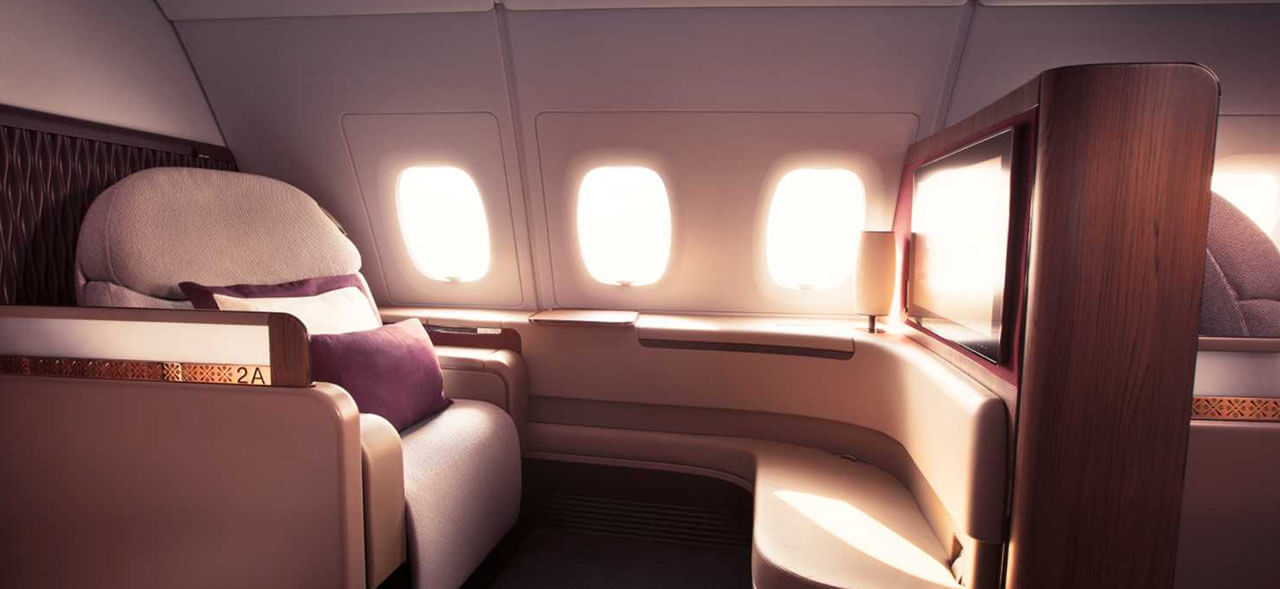
Redeem Velocity points to fly Qatar Airways A-380 First Class
If I had a choice between flying Etihad or Qatar Airways, I will choose the latter every time. Sadly, Etihad is no longer the airline it once was, billions of dollars in losses over the years due to some poor investment decisions mean it has heavily cut back on inflight services. It has also shrunk its routes considerably.
Etihad’s jewel in the crown, its fleet of Airbus 380 aircrafts were discontinued during the pandemic and there is little chance we might see them again.
Singapore Airlines
Singapore Airlines is arguably Velocity’s closest and most valuable partner. It’s planes are staffed by some of the best crew in the industry, releases large number of reward seats, offers excellent connectivity to every Australian city and provides top-notch service onboard.
Lucky then, that the soon to be introduced carrier charges (starts 5th October 2022) are also significantly lower than Etihad and Qatar Airways as you can see below.
| Distance (in miles) | Economy (US$) | Premium Economy (US$) | Business (US$) | First (US$) |
|---|---|---|---|---|
| 0-4,200 | $30 | $60 | $90 | $90 |
| 4,200+ | $50 | $100 | $150 | $150 |
If you fly Singapore Airlines Business or First Class one-way between Melbourne and London, expect to pay US$ 240 (A$ 350) in carrier charges, a steal compared to the other 2 Middle Eastern carriers.

Redeem Velocity points to fly Singapore Airlines B-777 Business Class
Note that Singapore Airlines do not impose carrier charges on its own metal, so you have the option to transfer Velocity points to KrisFlyer to make the redemption and entirely wipe out these charges. How good is that 🙌
In Conclusion
Carrier charges on Velocity redemptions are an unfortunate reality. We just have to live with it. There are some partners where these charges are not applicable, but unless you are travelling to North America you will find that there isn’t a great deal you can do to get away from paying it.
Redemptions on Singapore Airlines are probably best value, but don’t let that stop you from experiencing Qatar Airways Q-suites or Etihad Business studio even though they come with a hefty price tag.
What do you make of Velocity carrier charges? Leave a comment below.












